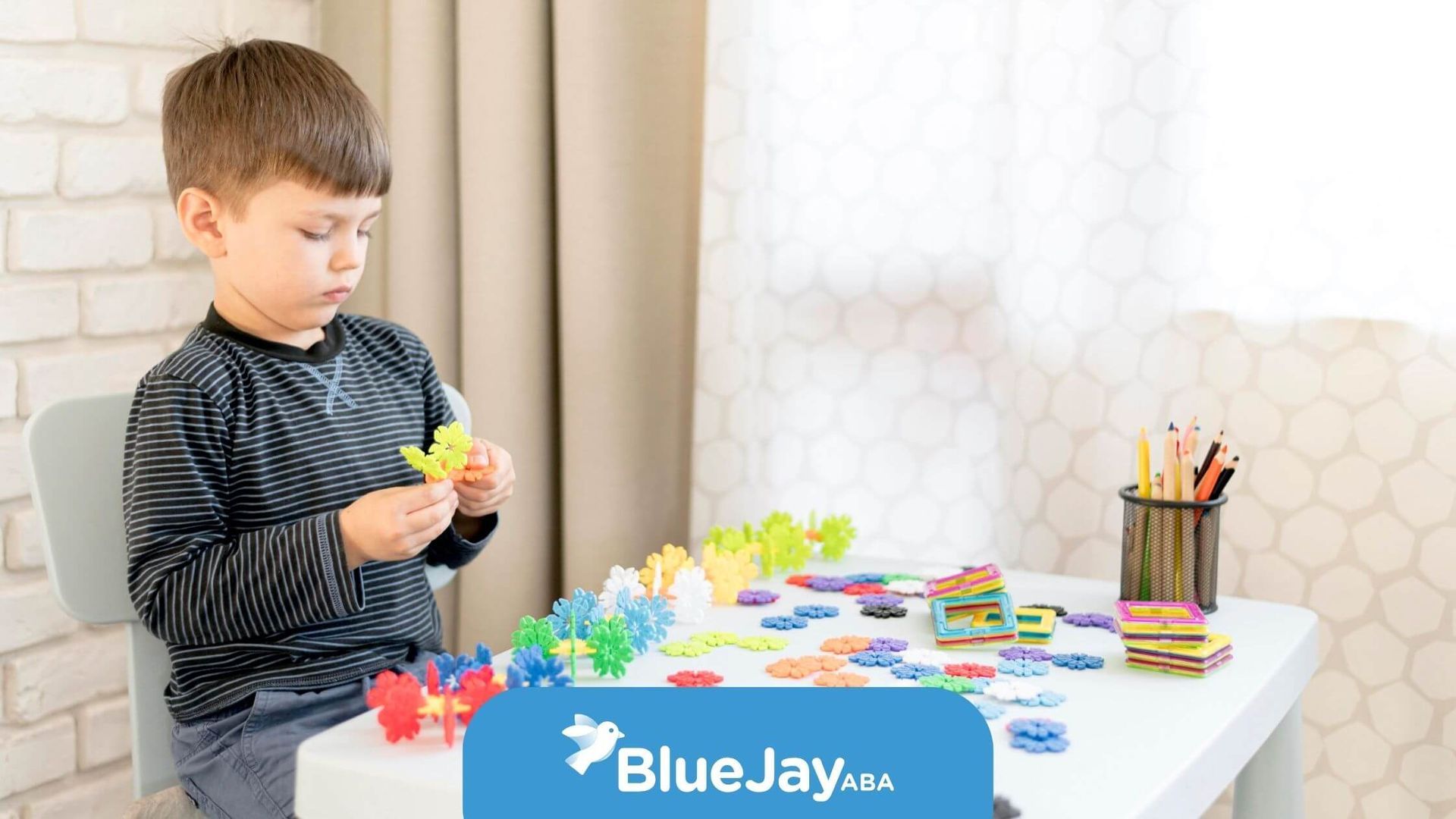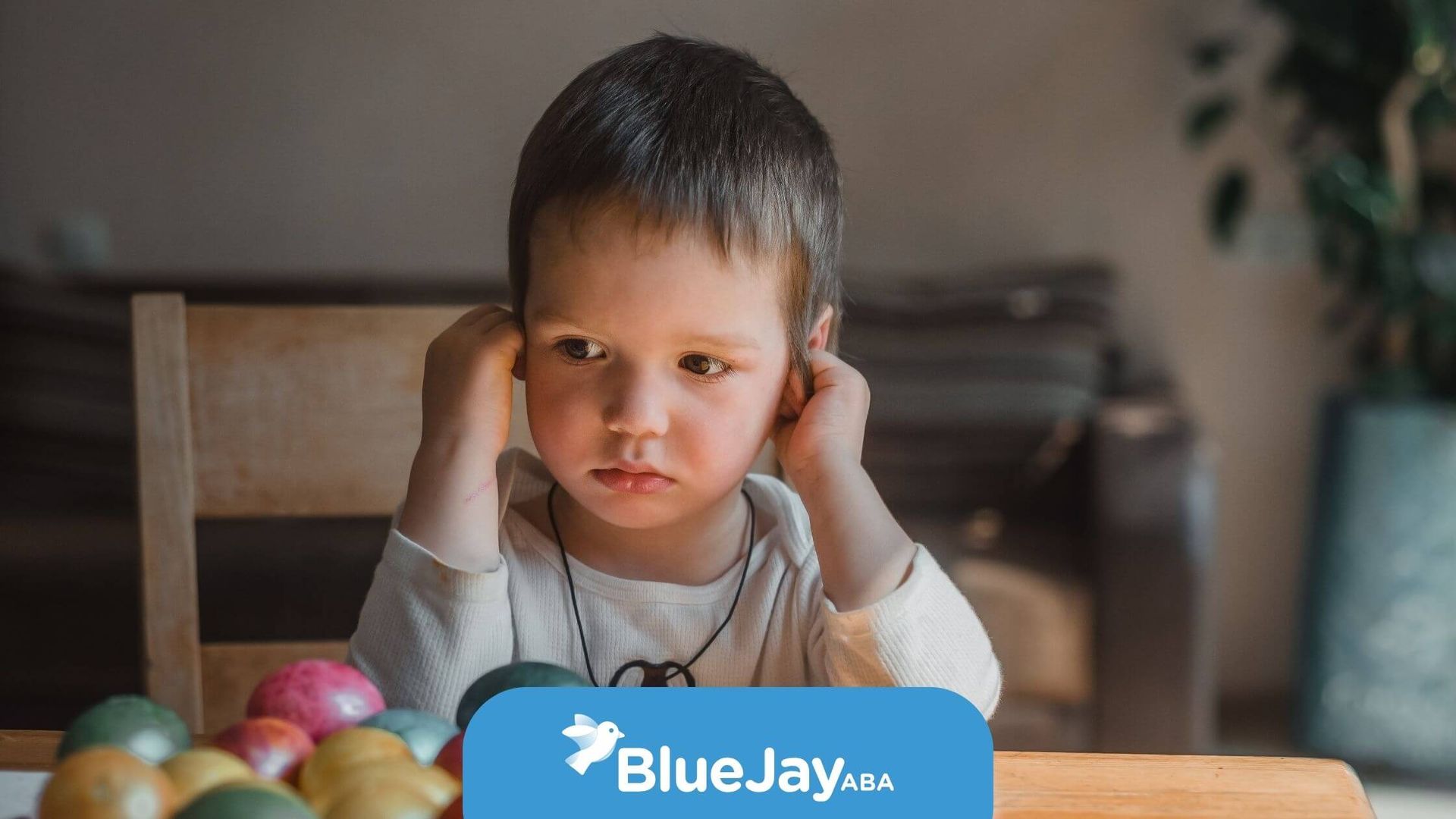When ABA Therapy Isn’t Working: How to Turn Things Around
Key Highlights
- ABA therapy supports skill-building and independence in children with autism.
- Treatment goals should be personalized, realistic, and measurable.
- External factors and inconsistent delivery can impact progress.
- Open communication with therapists helps adjust the plan as needed.
- Collaboration, progress tracking, and family involvement are essential for success.
When ABA therapy doesn’t deliver the progress you hoped for, it can be frustrating and even discouraging. You may wonder if it’s the right fit—or if something critical is being missed. The good news? You’re not alone, and there are steps you can take to get things back on track.
I’ve worked with dozens of families over the years who felt stuck in their in-home ABA journey. One family, in particular, stands out—a mother of a 5-year-old who called us in tears because her child still wasn’t talking after a year of therapy.
We evaluated the plan, adjusted the goals, and within three months, her child was using short phrases. It’s these small, targeted shifts that can unlock big changes.
This guide covers common barriers in ABA therapy and expert-recommended strategies to improve its effectiveness, support your child’s growth, and ensure you’re getting the most out of your ABA program.
Common Expectations vs. Realities in ABA Progress
Many Parents Expect Quick Results
It’s common for families to hope for fast improvements in behavior and communication when starting ABA therapy.
However, like any developmental support, ABA is a process—steady, gradual, and unique to each child.
Real Progress Looks Different for Everyone
Children make gains at their own pace. What’s considered “progress” may not always be dramatic or immediate. Success often looks like small steps toward better communication, fewer outbursts, or more social engagement.
Setting realistic expectations helps avoid disappointment and creates space to celebrate the milestones that matter.
Setting Realistic Goals for ABA Therapy
Work Closely With Your Behavior Analyst
Effective therapy starts with thoughtful, individualized goals. Your ABA provider should evaluate your child’s current skills and challenges to create a plan that prioritizes what matters most—whether that’s improving daily routines, speech, or peer interactions.
Break Goals Into Manageable Steps
Large goals should be broken down into achievable parts. This approach, rooted in ABA principles, makes it easier to track improvements and keep therapy aligned with your child’s learning pace.
Revisit and Revise Regularly
Treatment goals shouldn’t stay static. As your child grows, their needs change. Regular check-ins with your behavior analyst ensure goals stay relevant, realistic, and aligned with your child’s development.
Timelines for Observable Improvements
What to Expect in the First Few Months
Some progress may show in the early weeks—especially with frequent sessions and strong parent involvement. But foundational changes, like improved communication or behavior regulation, often take longer.
Progress Depends on Consistency and Support
Results vary based on session frequency, therapist consistency, and how involved the family is outside of sessions. Discussing realistic time frames with your ABA team can help manage expectations.
Key Indicators That ABA Therapy May Not Be Working
Lack of Progress in Targeted Skills
If your child isn’t meeting key milestones after consistent therapy, it may be time to reassess. Skill-building should be visible through measurable improvements over time.
Frequent data review and treatment plan adjustments can help ensure your child’s progress stays on track.
Increase or Persistence of Challenging Behaviors
If problem behaviors continue or worsen, the therapy may not be addressing the root cause. Look at possible environmental triggers or inconsistencies in how strategies are applied.
Regular communication with your ABA team can uncover whether reinforcement strategies need tweaking or if a new approach is needed.
Potential Reasons Why ABA Therapy Is Not Effective
Inadequate Individualization
A one-size-fits-all approach doesn't work. ABA programs must be tailored to each child’s needs—especially when it comes to communication challenges, sensory sensitivities, and emotional responses.
Poor Data Tracking or Analysis
Therapy relies on data. Without accurate tracking, it’s hard to measure whether strategies are working or need revision. Families should request clear, consistent reports to understand what’s happening—and why.
How to Evaluate Your Child’s ABA Program
Monitoring Consistency in Therapy Sessions
Progress depends on routines. If techniques aren’t applied consistently, results may stall. Ask to review session notes and observe how therapists interact with your child.
Assessing Provider Qualifications
Work with certified professionals. BCBAs and RBTs have specific training and standards. Don’t hesitate to confirm certifications, and ensure your team is supervised by a licensed behavior analyst.
Collaborating Effectively with ABA Therapists
Importance of Regular Communication
Frequent, honest conversations between parents and therapists help refine goals, address concerns, and improve outcomes. Don’t wait for progress reports—schedule regular updates to stay involved.
Participating in Progress Reviews
These reviews help identify what’s working and where the plan needs adjustment. Your observations at home matter—share them to help your therapist see the full picture.
Making Adjustments When Progress Stalls
Modifying Treatment Goals and Strategies
Children’s needs evolve. If your child stops progressing, revisit the treatment goals. Adjust reinforcement techniques, shift focus areas, or change session structure to re-engage them.
Incorporating Alternative Interventions
Sometimes, ABA alone isn’t enough. Occupational therapy, speech therapy, or social skills groups can fill in gaps and provide a more well-rounded support system. Coordination across services ensures consistency.
Addressing Common Challenges in ABA
Managing Parental Frustration and Burnout
Parenting a child in therapy is rewarding—but also exhausting. Support groups, therapist guidance, and self-care routines can help parents stay strong and positive.
Overcoming Plateaus in Skill Acquisition
If your child hits a wall, try adjusting activities, exploring new reinforcers, or changing the setting. Collaborate with your therapist to understand potential causes and how to break through.
Enhancing Family Involvement for Better Outcomes
Training Parents in ABA Techniques
Learning the basics of ABA helps parents support therapy goals at home. Simple reinforcement strategies and communication tools make a big difference in day-to-day life.
Creating Structured Home Environments
Routines, visual schedules, and consistent rules help children feel safe and supported. When home mirrors the structure of therapy, it’s easier for children to generalize new skills.
When to Seek Additional Support or a Second Opinion
Signs That a New Approach Is Needed
If therapy stalls for several months, or if your child resists sessions, it may be time to re-evaluate. Increasing aggression, withdrawal, or no visible change in core skills are strong indicators.
Consulting with Multidisciplinary Teams
Speech therapists, occupational therapists, and developmental pediatricians can provide additional insights. Together, they can help refine the plan or suggest alternative approaches better suited to your child’s needs.
Conclusion
ABA therapy is a valuable tool—but not every approach works for every child. Staying flexible, reviewing progress regularly, and maintaining open communication with your team helps ensure your child is on a path that supports meaningful, long-term growth.
When therapy is tailored, consistent, and supported by an engaged family, it’s more likely to bring real improvements in communication, social skills, and daily independence.
Reach out to Blue Jay for personalized autism services in North Carolina.
Frequently Asked Questions
What should I do if my child isn’t making progress in ABA therapy?
Revisit your child’s goals with your behavior analyst. Ask for data updates and consider whether another therapeutic approach could be added.
How long does it take to see results in ABA therapy?
Some children show early signs within weeks. Full progress may take several months or more, depending on session frequency, consistency, and individual needs.
Can ABA be combined with other interventions?
Yes. Pairing ABA with speech therapy, occupational therapy, or developmental play can enhance results across all areas of need.
Sources:
- https://www.autismspeaks.org/applied-behavior-analysis
- https://www.autismspeaks.org/aba-and-other-therapies
- https://online.regiscollege.edu/blog/aba-therapy-examples/
- https://www.verywellmind.com/what-is-an-aba-design-2794809
- https://www.autismparentingmagazine.com/aba-therapy-for-autism/
Related Posts






